
The Iowa Watershed Approach
The Iowa Flood Center's leadership and technical expertise have helped bring over $100 million to the state of Iowa for the Iowa Watershed Approach—a community-led program supported by state and federal partners to develop and implement strategies to mitigate flood damage and increase resilience.
A "Win-Win": The Impact of the Iowa Watershed Approach
A Vision for a More Resilient Iowa
The IWA represents a vision for Iowa's future that voluntarily engages stakeholders and promotes collaboration to achieve common goals.
Background
In 2010, Iowa received $84.1 million from the U.S. Department of Housing and Urban Development (HUD) to support ongoing disaster recovery programs following the 2008 floods. Of that allocation, $10 million was for watershed demonstration projects to reduce flooding and for educational programming. The IFC received $8.8 million to lead a pilot program called the Iowa Watersheds Project (IWP), which was designed to evaluate and implement flood mitigation practices in five select Iowa watersheds; $800,000 was used to establish the first watershed management authorities (WMA) in Iowa.
As the Iowa Watersheds Project was concluding in 2016, HUD and the Rockefeller Foundation announced $1 billion in available funding through the National Disaster Resilience Competition (NDRC); a Community Development Block Grant program motivated by the aftermath of Hurricane Sandy. The competition focused on helping communities and vulnerable populations recover from previous disasters while also improving their resiliency to future extreme events. States that had received a Presidential Disaster Declaration because of a major natural disaster between 2011-2013 were eligible to compete in the NDRC.
Leveraging the experiences and successes of the Iowa Watersheds Project, the Iowa Flood Center led the successful NDRC proposal development on behalf of the state of Iowa. In January 2016, Iowa received the fourth largest NDRC grant award of $96,887,177 for its proposal titled, “The Iowa Watershed Approach for Urban and Rural Resilience.” The IWA was funded for its holistic approach to the reduction of flooding, the improvement of water quality, and the development of equitable strategies to increase community resilience to water resource challenges. Based on the Iowa Watersheds Project framework, the IWA brought together local, state, and federal partners, empowering them with science-based information to develop long-term watershed management plans and to guide strategic conservation practice implementation efforts that work progressively with agriculture. The program ended in December 2022.
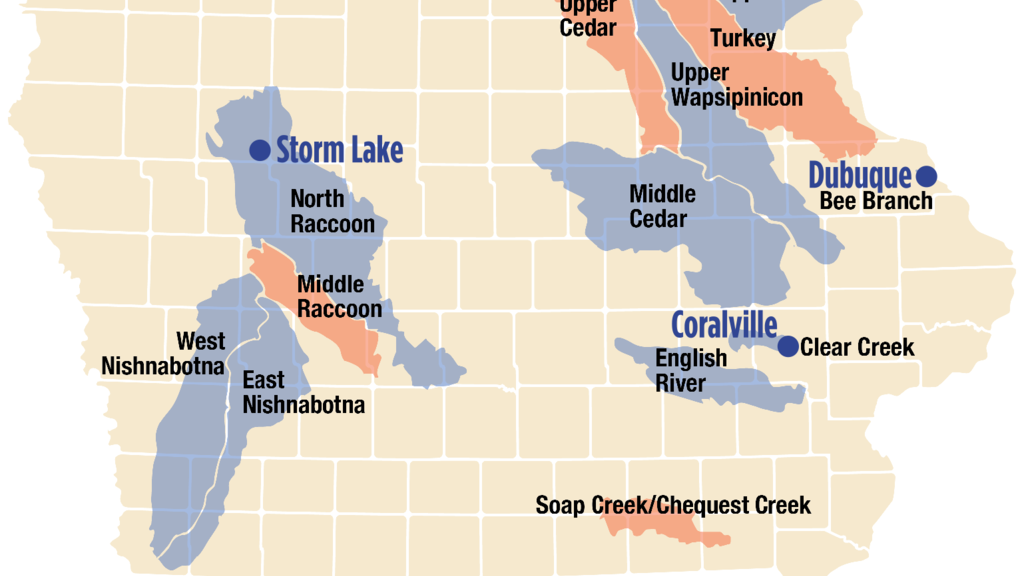
Case Study Report
In partnership with the State Resilience Partnership and American Flood Coalition, the Iowa Flood Center developed a case study on Iowa's Approach to Reducing Flood Risk, highlighting flood monitoring, modeling, mitigation, and community outreach innovations that serve as a model framework for state-level decision-makers and agency personnel.
IWA Program Highlights:
- 704 flood mitigation practices installed
- $40M invested in conservation
- 8 state and national awards
- 300 housing units retrofitted in the Bee Branch Watershed to be more flood-resilient
- 30 conference presentations
- 150+ watershed management authority meetings
- 17 field days and watershed tours
- 112 media articles and videos highlighting the program
- 3 new watershed management authorities established
- $30M invested in urban stormwater management projects
Technical Resources
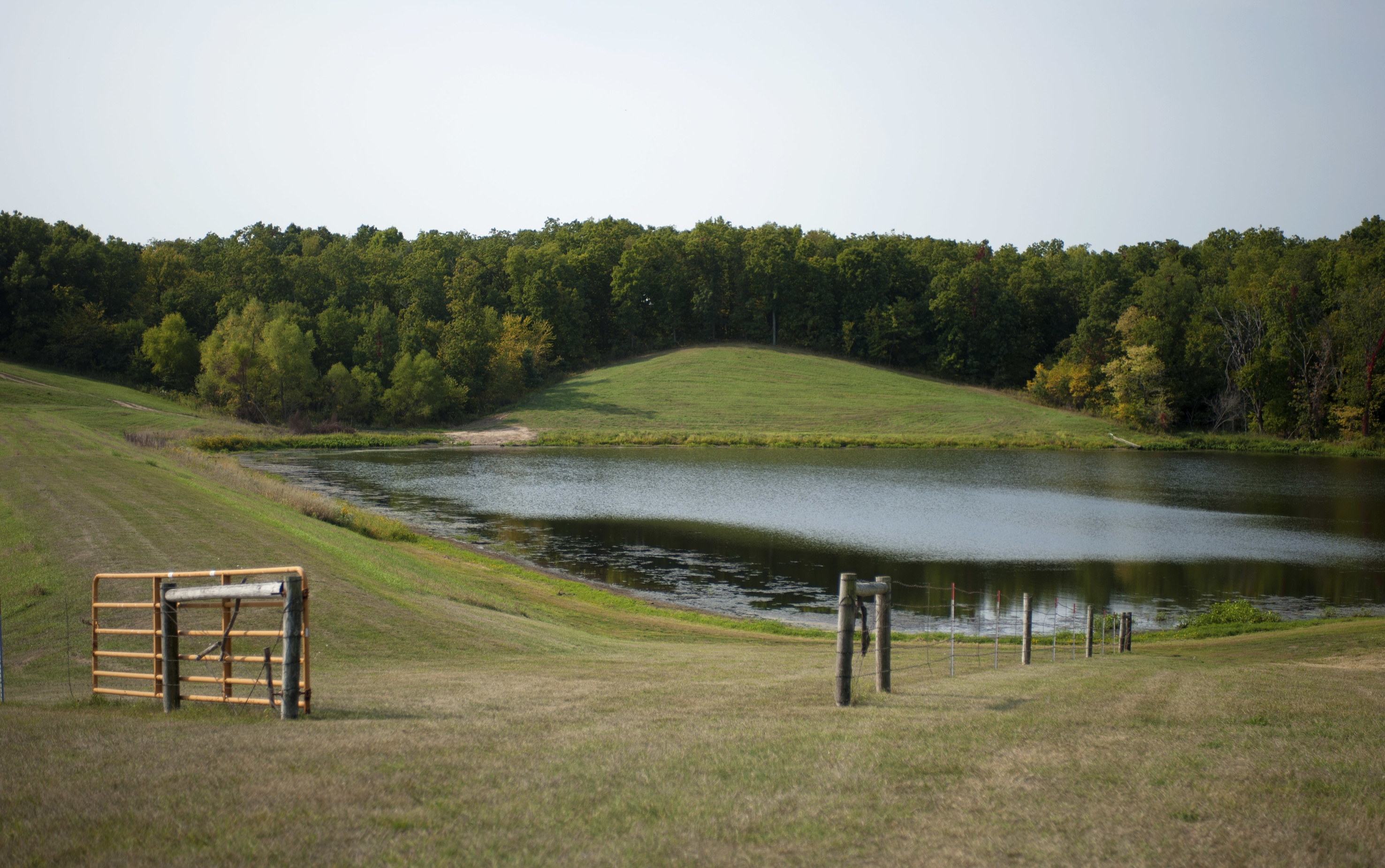
In phase one of the IWP, the Iowa Flood Center completed hydrologic assessments and built hydrologic models using the Hydrologic Engineering Center Hydrologic Modeling System (HEC-HMS) for each watershed. These included detailed information to understand the movement of water within the watershed, identify areas with high runoff potential, estimate the watershed response to different rainfall events, quantify the impact of hypothetical flood mitigation scenarios, and identify subwatersheds for the construction of small-scale flood mitigation projects. In phase two, the IFC provided technical reports to the WMAs that evaluated the effectiveness of the constructed practices and the project’s replicability at a larger scale to guide future watershed management efforts.
IWA researchers at IIHR and IFC developed and implemented a new, state-of-the-art watershed-scale hydrologic model, the Generic Hydrologic Overland-Subsurface Toolkit (GHOST), to estimate watershed responses to rainfall events. GHOST considers Iowa’s varied topography, soils, and land use to simulate the hydrologic responses at watersheds over time periods on the order of decades. IWA modelers used GHOST to evaluate the flood reduction benefits expected from both nature-based and structural mitigation strategies for all IWA watersheds. This modeling effort included scenarios based on climate change predictions based on mid-century and late 21st-century projections for Iowa and the Midwest as identified in the Climate Science Special Report. Researchers modified the model parameters to understand the impacts of increasing infiltration in the watershed and to simulate the flood reduction benefits of implementing cover crops, native vegetation (e.g., tall-grass prairie), and distributed storage (farm ponds) located in headwater regions of the watersheds. IFC delivered the results to each WMA in a hydrologic assessment report to assist with strategic flood mitigation practice implementation and to support the WMA's development of long-term watershed management plans to guide future decision-making.
Hydrologic Assessment Reports
IWP Technical Reports
Phase I Hydrologic Assessment Reports
- South Chequest Creek Hydrologic Assessment
- Middle Raccoon River Hydrologic Assessment
- Soap Creek Hydrologic Assessment
- Turkey River Watershed Hydrologic Assessment
- Upper Cedar River Watershed Hydrologic Assessment
Phase II Watershed Project Evaluations
IWA Technical Reports
GHOST
Phase I Hydrologic Assessment Reports
- Clear Creek Watershed Hydrologic Assessment
- East Nishnabotna River Watershed Hydrologic Assessment
- Hydrologic Modeling of the English River Watershed
- Middle Cedar River Watershed Hydrologic Assessment
- North Raccoon River Watershed Hydrologic Assessment
- Upper Iowa River Watershed Hydrologic Assessment
- Upper Wapsipinicon River Watershed Hydrologic Assessment
- West Nishnabotna River Watershed Hydrologic Assessment Report
Phase II Watershed Project Evaluations
- Clear Creek Watershed Project Evaluation Report
- East and West Nishnabotna Watershed Project Evaluation Report
- Middle Cedar Watershed Project Evaluation Report
- North Raccoon Watershed Project Evaluation Report
- Upper Iowa Watershed Project Evaluation Report
- Upper Wapsipinicon River Watershed Project Evaluation Report
IWA Flood Resilience Program
IWA Flood Resilience Program
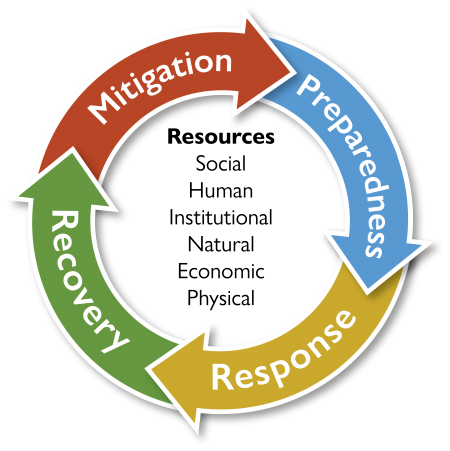
The IWA Flood Resilience Program provided value to Iowa watershed communities through establishing partnerships and developing tools to improve the visualization of flood resilience benefiting future mitigation, preparedness, response, and recovery actions.
The Iowa Flood Center's Flood Resilience Team collaborated with local planning organizations within the IWA watersheds to develop community-wide flood resilience action plans (FRAP). The main objective of the FRAP is to enhance community resilience to frequent flood hazards.
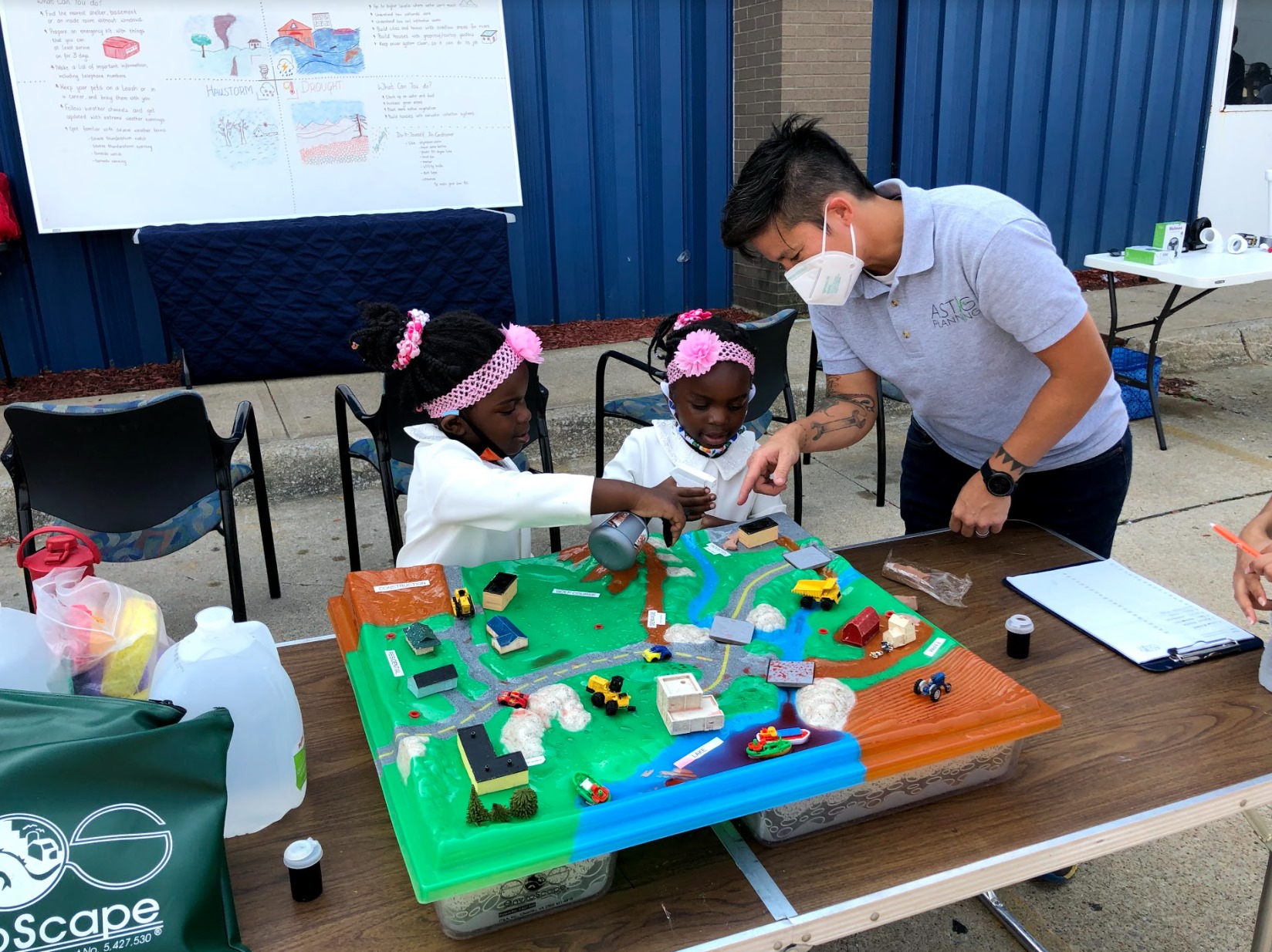
IWA Flood Resilience Resources
IWA Flood Resilience Resources
Flood resilience resources developed through IWA:
- Download The Flood Resilience Action Plan: Guidebook for Planners
- View the Luther College Center for Sustainable Communities: Community Flood Resilience Website
- Download the Freeport Community Flood Resilience Report
- View the Flood Resilient Vinton website
- Download the Vinton Flood Resilience Action Plan
- Download the Quasqueton Flood Resilience Action Plan
- View the Flood Resilient Coralville Website
- Download the Flood Resilience Action Plan in Coralville
- Download the French-Reneker Associates Hydrology and Hydraulic Study of Proposed Flood Mitigation Sites
- Download the English River watershed FEMA BRIC proposal
- Download the City of Gowrie FRAP
- Download the Riverton Road Flood Risk Reduction Study Report
Program Evaluation
The IWA was able to overcome the challenges of a complex administrative system, significant impacts from ongoing flooding along the Missouri River in 2019, and a global pandemic. A critical component of its success was the inclusion of ongoing program evaluation and assessment activities led by the University of Iowa Center for Evaluation and Assessment (CEA). Throughout the entire project, the CEA carried out a strategic plan for conducting surveys and interviews with project partners, WMA board members, landowners, and project coordinators. These results were used to make important program pivots in real time to address areas of concern, identify resource concerns, and enhance the program’s efficiency and effectiveness.
Program Evaluation Reports
Program Evaluation Reports
- IWA Year 1 Evaluation Activities
- IWA Year 2 Evaluation Activities
- IWA Year 3 Evaluation Activities
- IWA Mid-Program Review (Years 1-3)
- IWA Year 4 Evaluation Activities
- IWA Year 5 Evaluation Activities
- IWA Year 6 Evaluation Report and Evaluation Guide
- IWA Bee Branch Healthy Homes Evaluation Report
- IWA Bee Branch Healthy Homes Formative Evaluation Reports Year 1-4
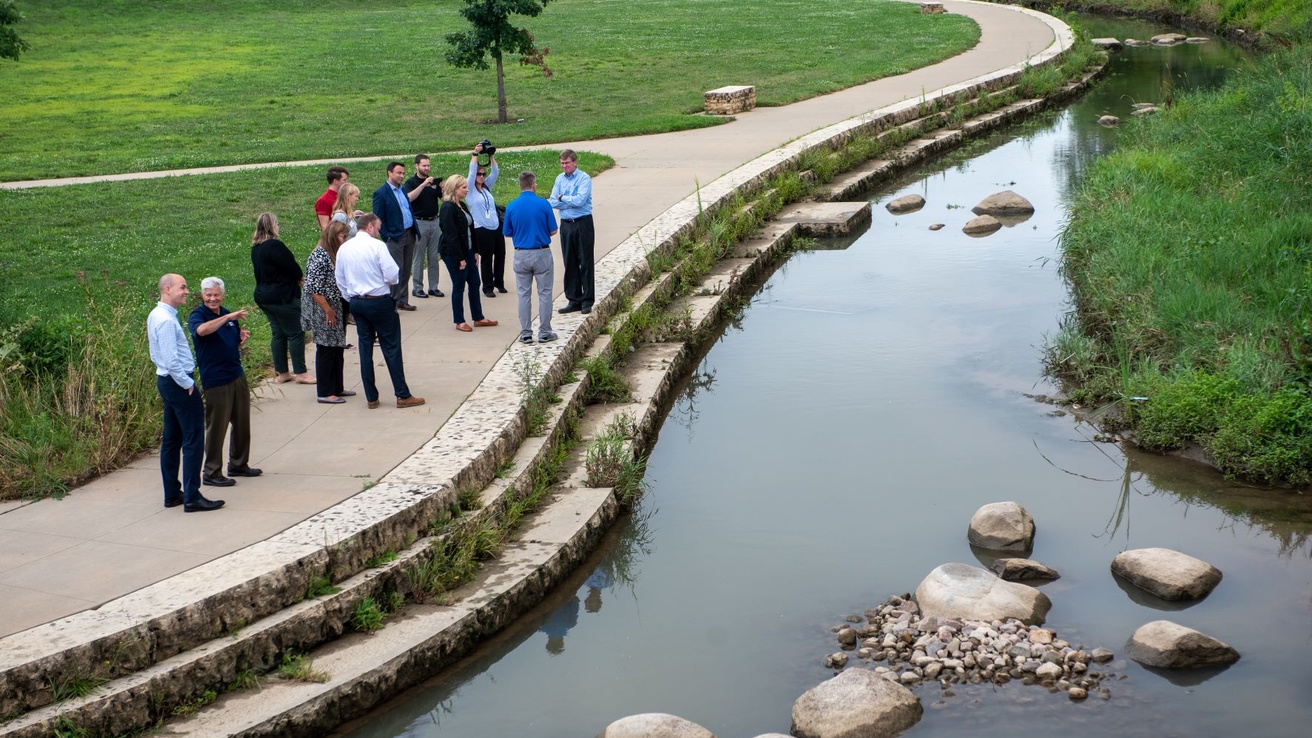
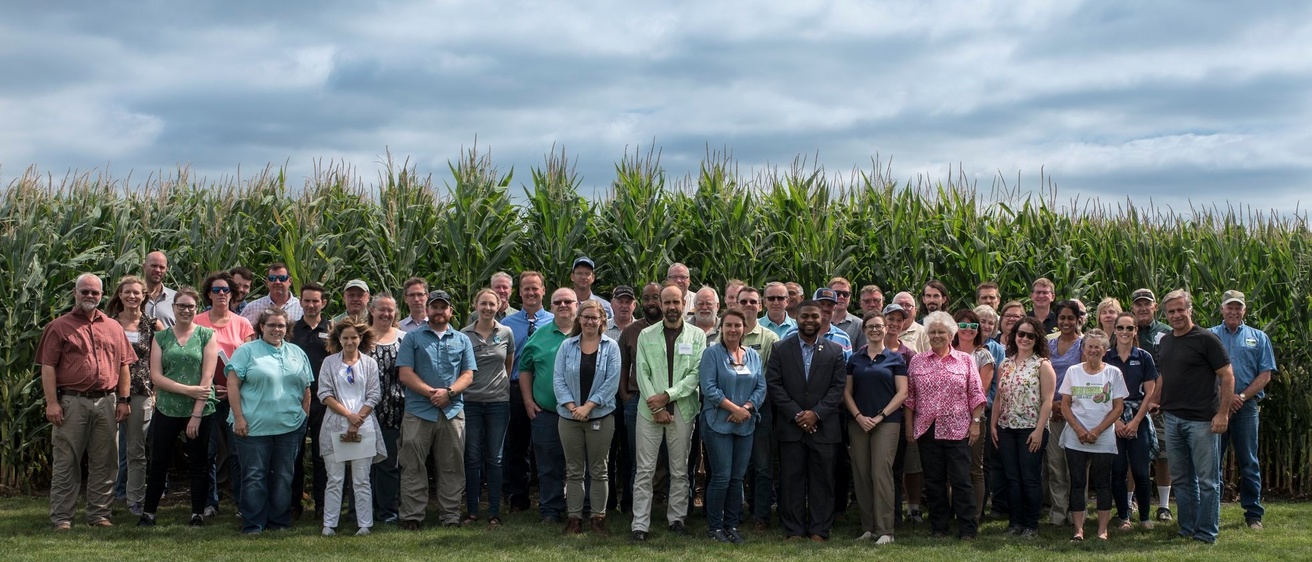
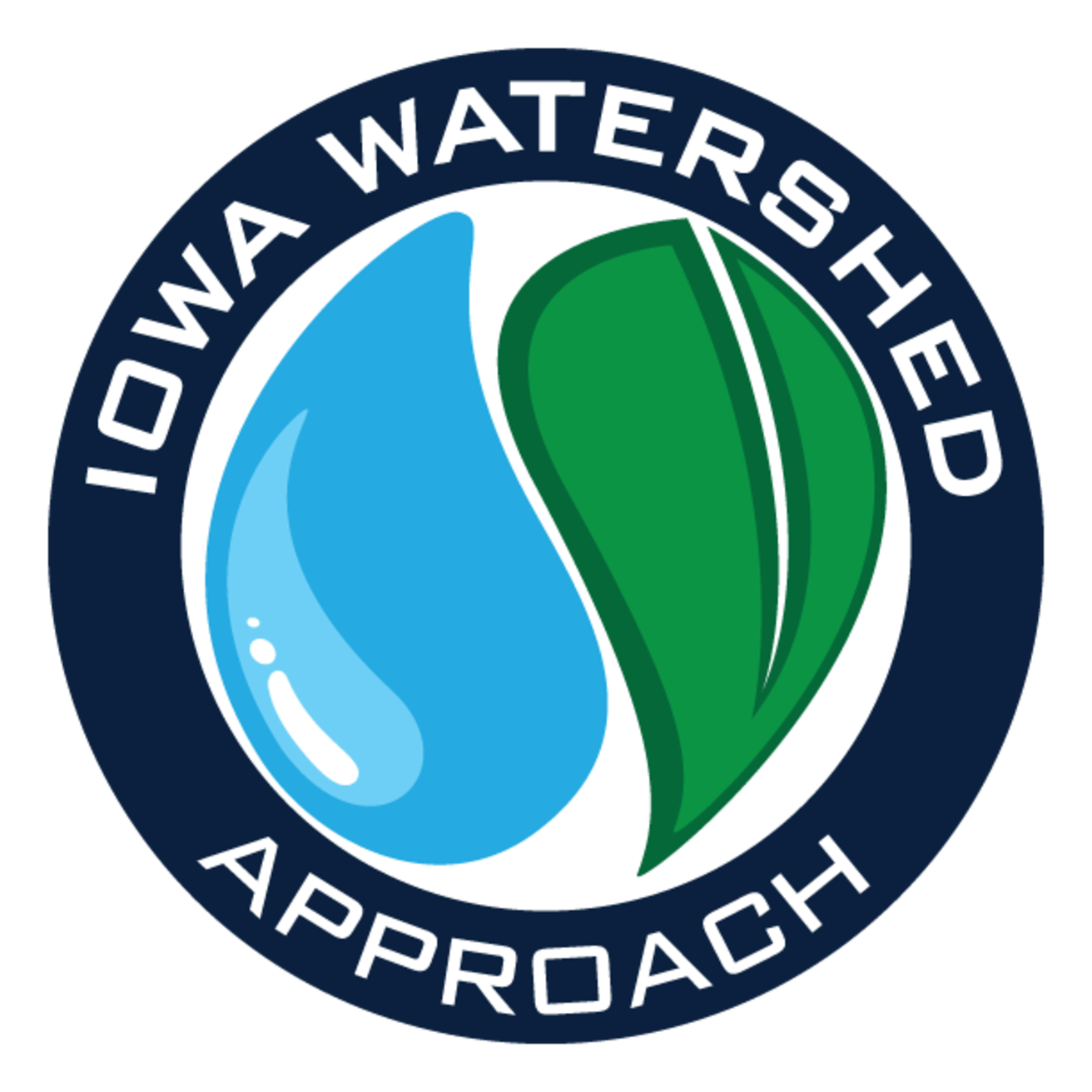
IWA Partners
The success of the IWA involved collaborative partnerships among many statewide organizations and local stakeholders who together carried out the work necessary to achieve the program goals. Partners include, but are not limited to: Iowa Economic Development Authority; U.S. Dept of Housing and Urban Development, Iowa Homeland Security and Emergency Management; University of Iowa; Iowa State University; University of Northern Iowa; Iowa Department of Natural Resources; Iowa Department of Agriculture and Land Stewardship; cities of Coralville, Dubuque, and Storm Lake; and many Iowa counties, non-profits, and private consultants.